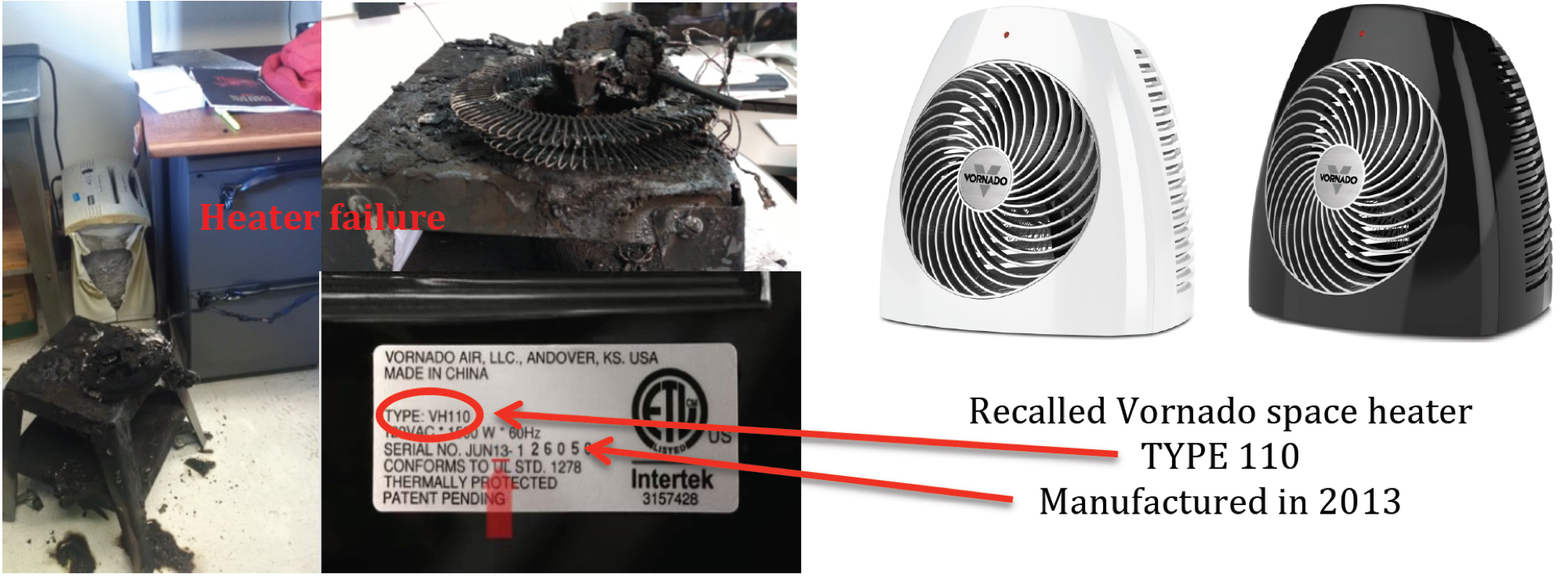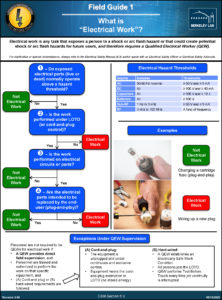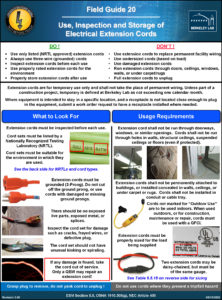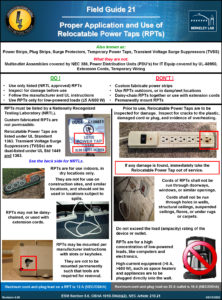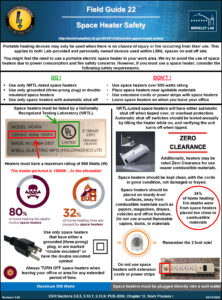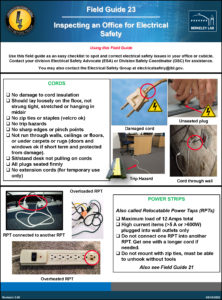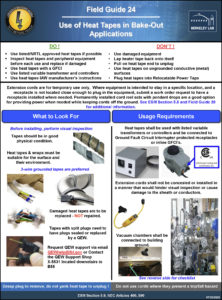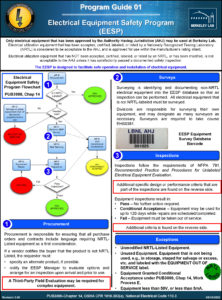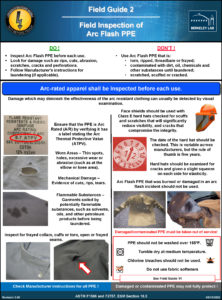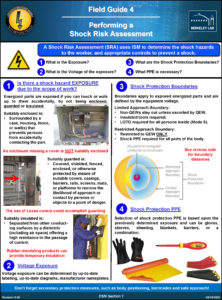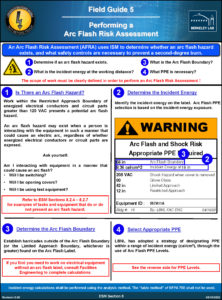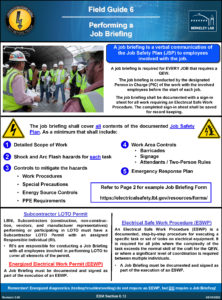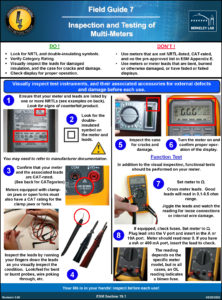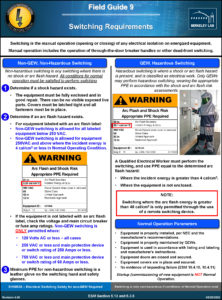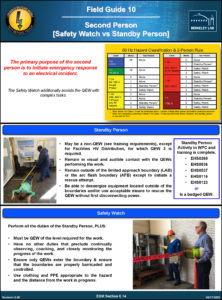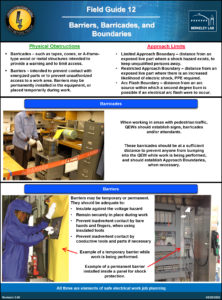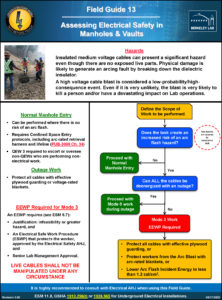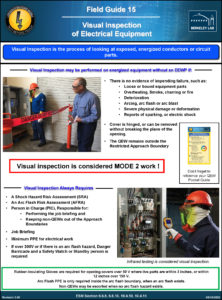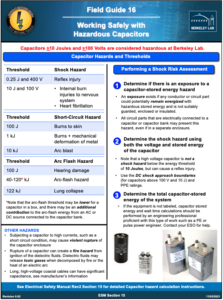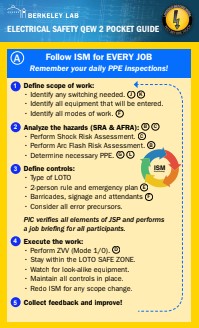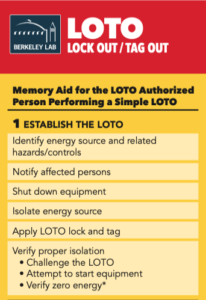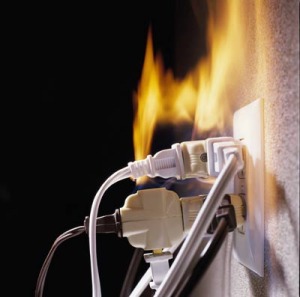Courtesy of Los Alamos National Laboratory:
On Thursday, January 7th, 2016 a Vornado Type 110 space heater at LANL failed and completely melted. This was a listed device and other Vornado models are thought to be safe.
Vornado has issued a recall on all Type 110 heaters manufactured in 2013. The year of manufacture is printed on the equipment label as shown in the picture attached.
For recalls on other space heaters, visit the CPSC webpage here.
Reminder on Space Heater Safety:
- Assure that the space heater is listed by UL, TUV, ETL, or CSA (see label on bottom or side).
- Always plug heater directly into facility receptacle, never into extension cords or relocatable power taps. Make sure the plug is not loose in the outlet.
- Read and follow all manufacturer’s warnings on cord label and/or in manual.
- If heater power cord or wall receptacle feels hot to the touch, discontinue use.
- Unplug heater when no in use.
- Avoid leaving heater running when unattended, in offices.
- Place heater out of traffic and on a level, flat surface (carpet is ok).
- Avoid placing heaters on furniture or countertops.
- Keep front of heater 3 feet away from combustibles.
- Do not operate damaged heater, if dropped, or with a damaged cord.
- Do not run heater cord under carpet. Place cord out of foot traffic.
- Do not use two heaters on the same circuit (e.g., in the same office area).
- If a breaker trips in your area, contact your facility contact person.
- NOTE: there is no need to test tiltover action. If it is listed and not recalled, it is ok. The fan may stay on, when turned face down, that is proper on certain settings.
See more information on space heater safety requirements at LBNL in PUB-3000 Chapter 12, Fire Prevention and Protection, WP I, Use of Portable Heating Devices.
